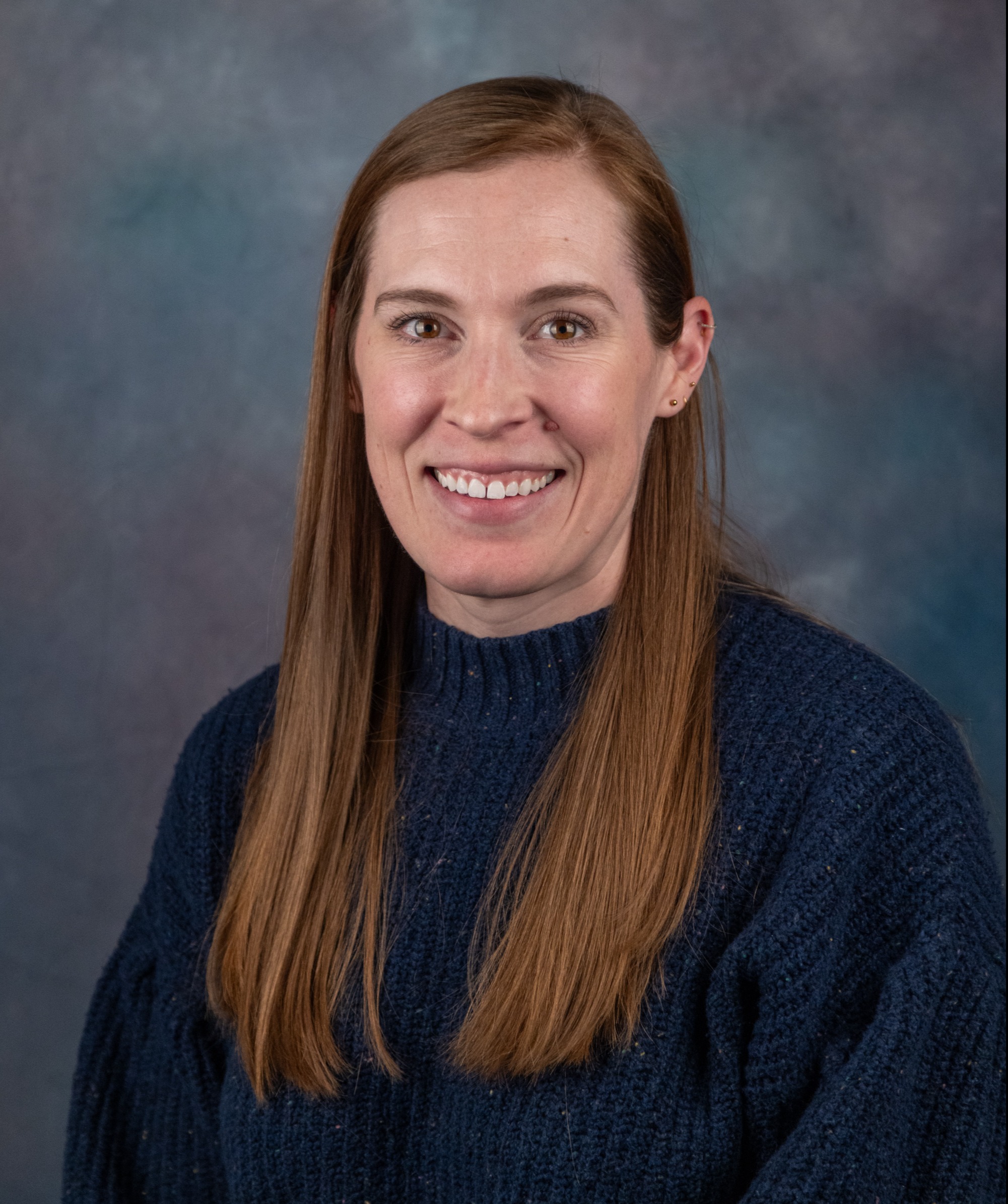Meet the Scientist
Dr. Kyla Ost
Assistant Professor
Department of Immunology & Microbiology

The Research Question is, how do we keep helpful microbes in the gut while getting rid of the bad ones?
Did you know that your body is not only composed of ‘you?’ It’s true!
Our bodies act as a ‘host’ to many different types of microbes, including bacteria, viruses, and even fungi. Sometimes our bodies are at war with the microbes that invade our body – like when we get food poisoning from eating a microbe that was an unwanted ‘passenger’ on the food we ate. Most of the time though, we are living peacefully with many different microbes that call our body their home – these microbes are part of our microbiome. Often these microbes are helping our bodies thrive by processing nutrients from the food that we eat or helping our immune systems learn which microbes are helpful and which are harmful to prepare and train our defenses.
Dr. Kyla Ost is a researcher on the CU Anschutz campus who looks at how one particular fungus, Candida albicans, shapeshifts between a harmless round ‘balloon’ form and an elongated ‘sword’ form that is pathogenic and can cause serious inflammation and disease in the intestines. Scientists like Kyla who study this fungus have found out that between 40-80% of all people live with C. albicans in their intestines. Most of the time this is a harmless interaction where C. albicans stays in the round form, as our immune systems are really good at getting rid of the more destructive or pathogenic sword shaped form of C. albicans. However, sometimes C. albicans shifts into the pathogenic form and grows out of control wreaking havoc on our bodies as it more easily invades the walls of the intestines, causing illnesses such as thrush, vaginal yeast infections, and chronic inflammatory bowel disease (IBD).

How do Kyla and her research team answer their questions in the lab?
Kyla’s research focuses on how the immune system keeps this fungus – Candida albicans – from causing harm in our bodies, particularly our gastrointestinal system or gut. She has found that a specific type of immune cell, the B cell, is a key player in limiting growth of the sword shaped C. albicans. B cells are a type of immune cell that produce antibodies or special Y-shaped molecules that act like arrows that bind to their target and alert other immune cells that the tagged enemy needs to be eliminated from the body. Experiments from Kyla’s lab have shown that mice that have been altered to have no B cells have a lot more sword-shaped C. albicans in their intestine than regular mice with B cells. This difference tells us that B cells are very important and help keep the levels of the sword shaped disease-causing C. albicans in check.
In another experiment using mice, Kyla and her research team used a vaccine that causes B cells to make antibodies specifically against the sword shaped form of C. albicans and found that this treatment protected mice from severe inflammation associated with IBD. This result is very exciting, as it suggests that vaccination could be used to increase the amount of protective antibodies and prevent the harmful sword shaped form of C. albicans from causing disease in people with IBD.
Future Directions for this research...
Scientists in the Ost lab are continuing to explore even more questions related to C. albicans and the immune response. Examples of questions being investigated right now are:
- How do B cells and antibodies keep the sword shaped C. albicans in check?
- How does this C. albicans vaccine protect mice from disease-causing inflammation?
- How do C. albicans and other microbes living in our bodies stimulate antibody responses in the first place?
If you want to learn more about the scientist, please head to their official CU webpage.